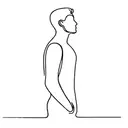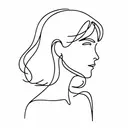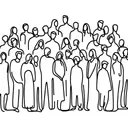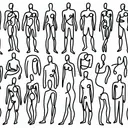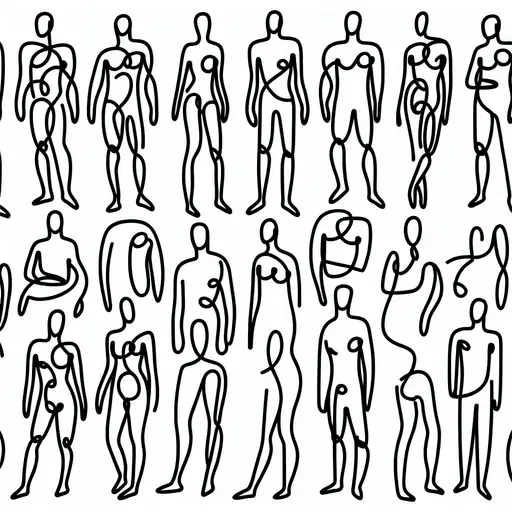
How to draw ...
bodies
bodies is the 86th most searched thing that people want to draw and here is how it compares to other things in People > Humans.
But do people always want to draw bodies?
Interest over time on "how to draw bodies" in the U.S.
Cycle
A clear seasonal pattern is evident, with search volumes peaking at the end of each year, likely due to increased public interest in health-related topics and fitness as common New Year's resolutions.
And how does it compare to the most popular things to draw among Humans?
Interest over time on "how to draw bodies" comparing to top 3 in Humans category
data from Ahrefs Keyword ExplorerWhich countries are most interested in drawing bodies?
| United Kingdom | 🇬🇧 | 40,000 | |
| United States | 🇺🇸 | 28,000 | |
| France | 🇫🇷 | 17,000 | |
| Germany | 🇩🇪 | 9,300 | |
| India | 🇮🇳 | 8,200 |
How to draw bodies step-by-step
The drawing of human bodies presents challenges such as accurately capturing proportions, anatomy, and movement. Artists must develop a keen understanding of skeletal structures, muscle composition, and how these elements change with different poses. Techniques like gesture drawing help in capturing fluidity and motion, while using reference points and measurement aids assists in maintaining correct proportions. Mastery of these strategies enables artists to convey lifelike representations and dynamic compositions in their work.
Here are the steps to drawing bodies:
- **Gesture: Establish the Basic Pose**
- Begin by lightly sketching a simple gesture line or stick figure to capture the dynamic flow and basic posture of the body. Focus on the main action line of the spine, and use simple lines and ovals to represent the arms, legs, and head.:
- **Proportion: Define the Skeletal Structure**
- Use your initial gesture lines to build the basic proportions of the body. Sketch the head as a guideline and use it as a unit of measure to determine the height and proportion of the torso, limbs, and overall body structure.:
- **Volume: Add Simple Shapes for Mass**
- Add basic geometric shapes to your skeletal framework to define the volume and mass of different body parts. Use cylinders for arms and legs, an egg shape for the ribcage, and a rounded box for the pelvis. These shapes help visualize the body's form in three dimensions.:
- **Anatomy: Refine with Musculature Details**
- Gently refine the simple shapes by adding muscle structure and contours. Pay attention to muscle groups and how they influence the silhouette of the body. Look at reference material to understand how muscles wrap around the bone structure.:
- **Balance: Ensure Proportional Weight Distribution**
- Check the position of your figure's center of gravity to ensure it would realistically balance. Adjust the pose if necessary, shifting limbs or the tilt of the torso to achieve a believable stance. This is crucial for dynamic and lifelike poses.:
- **Alignment: Correct the Perspective**
- Evaluate and correct the perspective of your drawing. Ensure that the body parts align correctly in space by considering the horizon line and vanishing points. Adjust limb foreshortening accordingly, to maintain a sense of depth.:
- **Details: Add Facial Features and Hands**
- Once the body is proportionate and detailed, focus on drawing the face and hands, which are often more intricate. Use light guidelines to position facial features accurately, and sketch the hands with attention to finger placement and anatomy.:
- **Clothing: Dress the Figure**
- Draw clothing over the body, considering how fabric drapes and folds depending on the pose. Pay attention to how clothes stretch or bunch around joints and body contours to add realism and personality to the drawing.:
Common mistakes
- Proportions: People often struggle with maintaining the correct proportions between body parts, such as making the arms too long or the head too large in comparison to the torso.
- Stiff Posing: Many artists create figures with stiff or unnatural poses, lacking the dynamic and fluid motions seen in real-life bodies.
- Ignoring Anatomy: A common mistake is neglecting the underlying anatomical structures, such as muscles and bones, which can lead to unrealistic or misshapen depictions.
